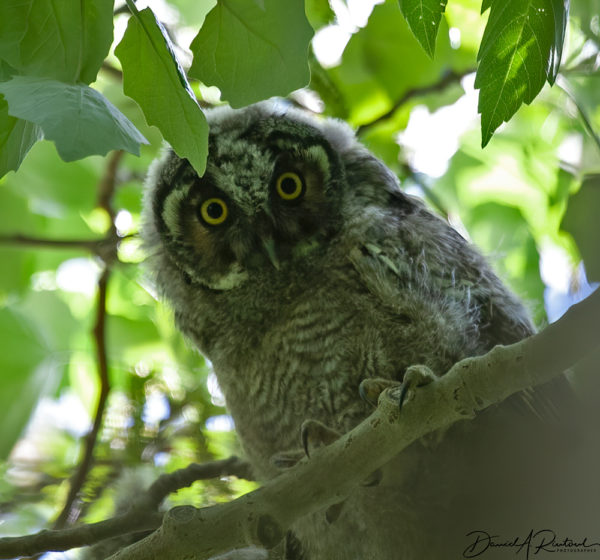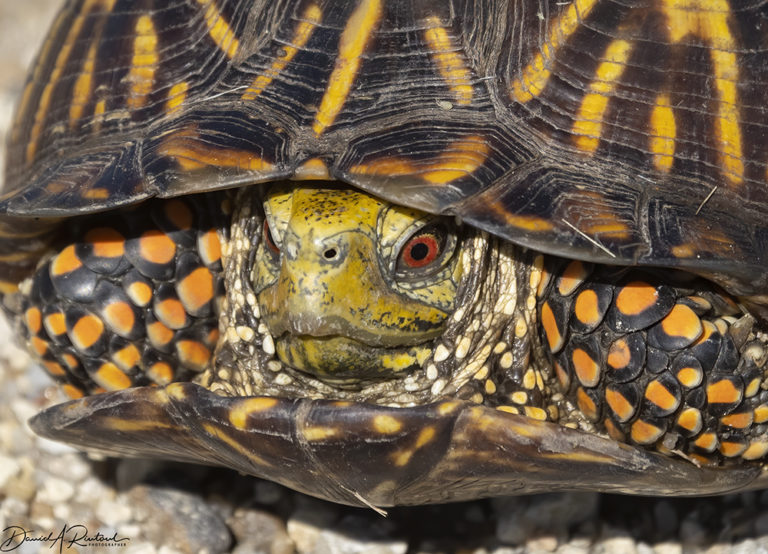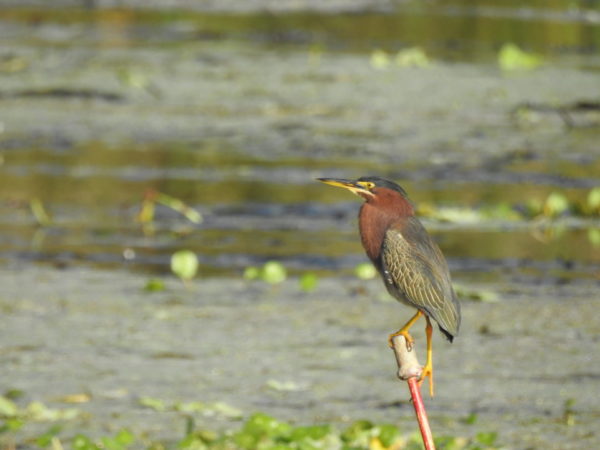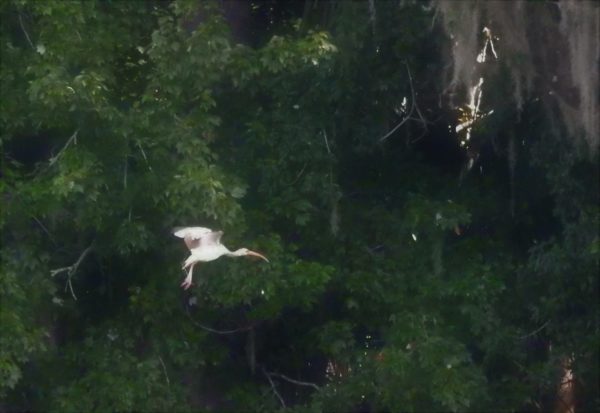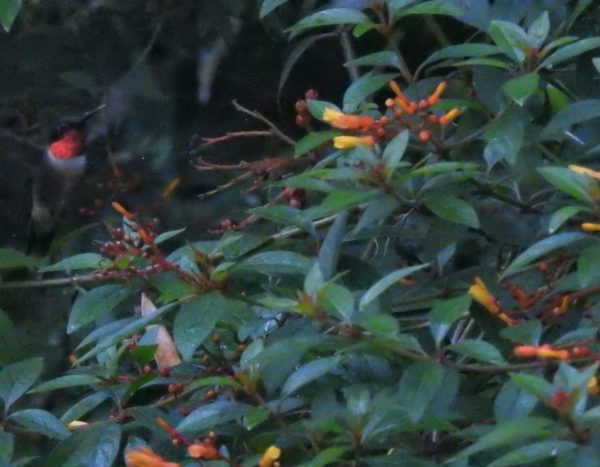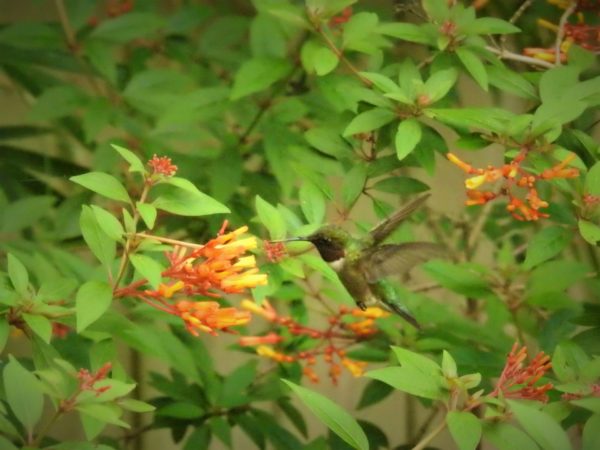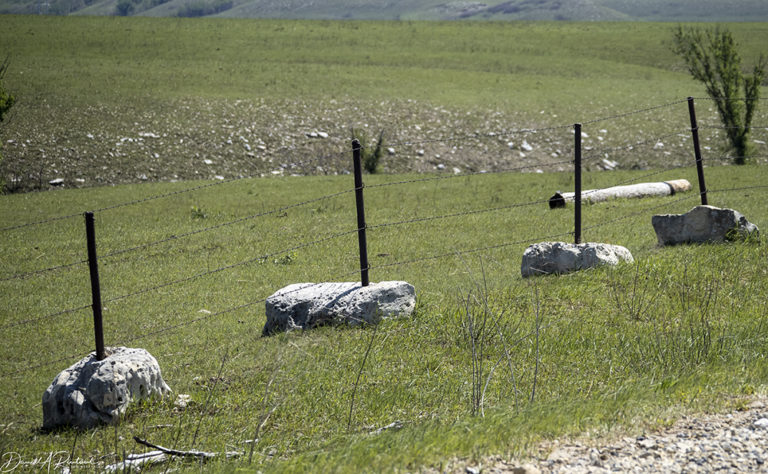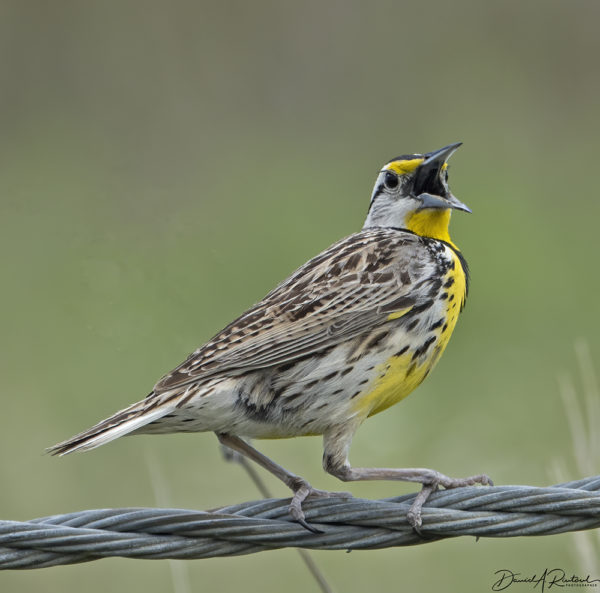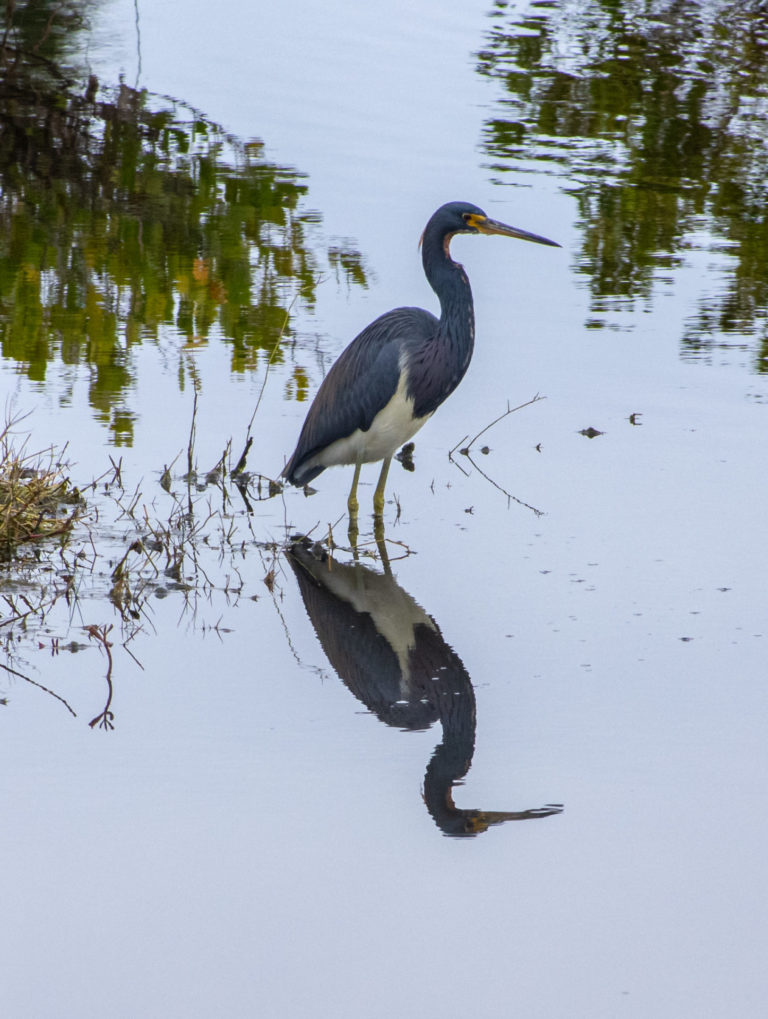We are adding On the Road After Dark for a couple of weeks of catch-up.
On the Road: Week of July 6 (5 am)
Albatrossity – Chaco Canyon, Winter
way2blue – Venezia Before the Flood
BillinGlendaleCA – Ryan Mountain Trail, Daytime
frosty – Coronavirus and the Road
otmar – Festung Hohensalzburg, Part 1On the Road After Dark: Week of July 6 (10pm)
Albatrossity – Chaco Canyon, Spring
Origuy – Carmel Mission Basilica
BillinGlendaleCA – Ryan Mountain Trail, Night Sky
Emma – Mt. Pleasant Iris Farm, WA
otmar – Festung Hohensalzburg, Part 2
Albatrossity
If you have traveled much in the southwestern US, you may have heard of Chaco Canyon and the Chacoan culture. But probably not, for lots of reasons. The main center of Chacoan culture is preserved in Chaco Culture National Historical Park in northwestern New Mexico, and it is very isolated. You have to drive on a rutted dirt road for about 40 miles to get there, and you will need to camp because there is no lodging and no food available. The canyon is on the Colorado Plateau at about 6,000 ft above sea level, and can get very cold in winter as well as very hot in summer. Nevertheless, it is a fascinating place to visit, both in terms of the history and in terms of the flora and fauna.
The story of the Chacoan culture is still being unraveled, but beginning in the mid 800’s, construction of large buildings (containing hundreds of rooms), probably ceremonial centers, began in the canyon. These are impressive in their architecture and in what they imply about the people who built them. The structures are oriented to take advantage of the canyon features in terms of astronomical sightings, allowing the inhabitants to define the equinoxes and the solstices with great precision.
They were trade centers as well; items from Mexico and elsewhere have been found in the excavation of the ruins. By 1050 or thereabouts this site was the center of a civilization that stretched across the San Juan basin, with more than 150 widely spread Chacoan “Great Houses” linked by excellent and arrow-straight roads to Chaco Canyon itself. And then, probably as a result of droughts, it all collapsed in the 1200’s, and the inhabitants dispersed to other sites. The Puebloan Indians of the Southwest descended from the Chacoans, and their architecture retains many of the same features seen in Chaco. If you are curious to learn more, I can recommend “House of Rain”, by Craig Childs.
I have visited Chaco Canyon multiple times, in winter, spring, and summer (not yet in the fall). It is a magical place, and worth going out of your way for if you are ever in that part of the world. My first visit was in winter, New Years Eve in 2006, and here are some images from winter visits there.
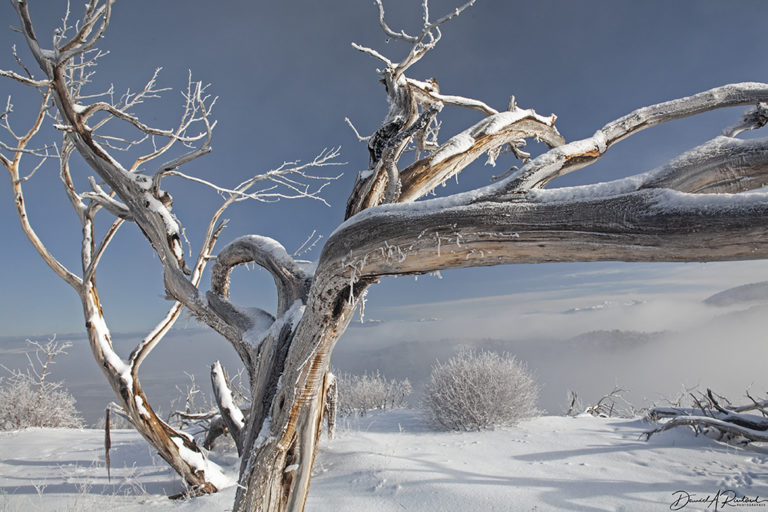
The high Colorado Plateau does not get a lot of moisture, but even a little bit in the winter can transform the place. Here are some trees and shrubs after a snow storm and then an ice fog the next day. I’ve used this image on Christmas cards in the past!
On The Road – Albatrossity – Chaco Canyon, WinterPost + Comments (28)

